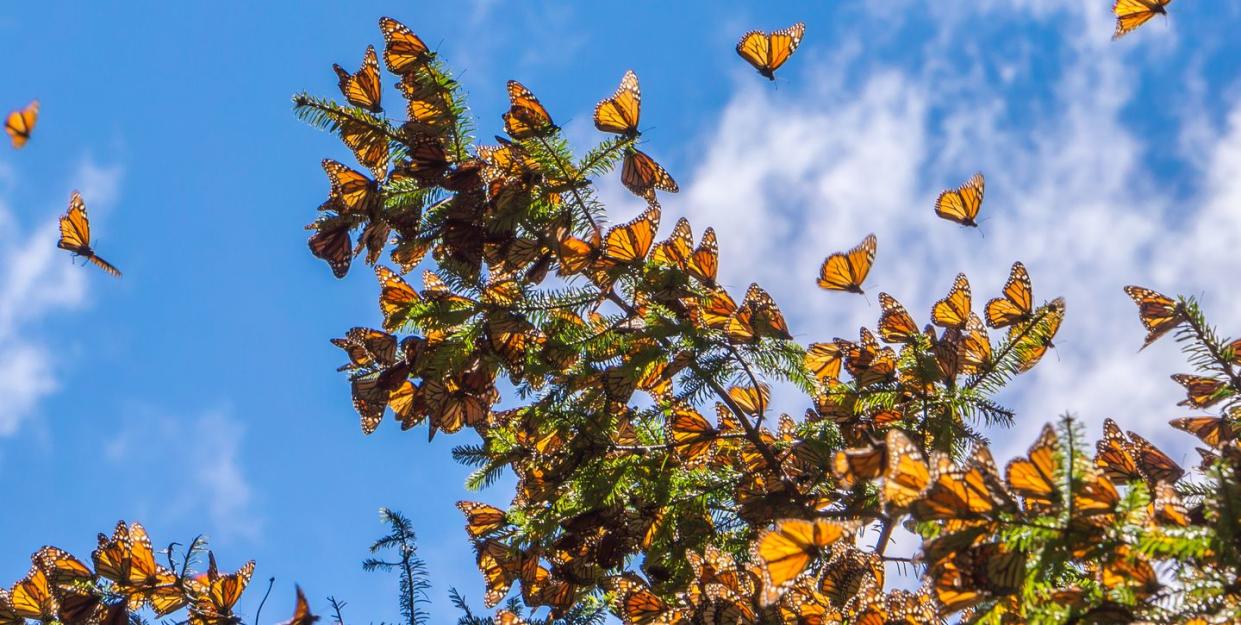This $15 Plant From Amazon Will Turn Your Yard Into a Monarch Butterfly Paradise

When it comes to attracting Monarch butterflies this spring, they really just want one thing—and one thing only: milkweed. Also called asclepias, it's the only plant that Monarch caterpillars are able to feed on, and it's absolutely crucial to the survival of these orange-and-black butterflies.
Monarch breeding season has just begun, so they'll be searching the ground for milkweed leaves to lay their eggs on ASAP. The butterflies lay their eggs on this particular plant, so the babies will have immediate access to food once hatched. While an abundance of native plants serve as the perfect place for fully grown butterflies to get nectar from, milkweed plants are the only surefire way to attract monarchs—they literally need them. Follow our tips on how to grow milkweed plants, and your backyard will be turned into a butterfly paradise in no time.
Where can I plant milkweed?
You can plant milkweed in pretty much any sunny area in your yard that isn't a designated mowing spot—just make sure that they're also in a spot where pesticides aren't sprayed.
How often do I need to water milkweed?
Milkweed is a generally self-sufficient plant. It doesn't need to be watered often, with the exception of droughts in your area. They can grow well in dry soil, as long as the area they're planted in drains well. Milkweed can also survive through the winter by going dormant.
What do milkweed plants attract?
While these plants attract gorgeous Monarch butterflies, they also attract slugs and certain aphids that can be harmful to your garden. Be on the lookout for these pests and make sure to dispose of them before other plants are harmed.
You Might Also Like

